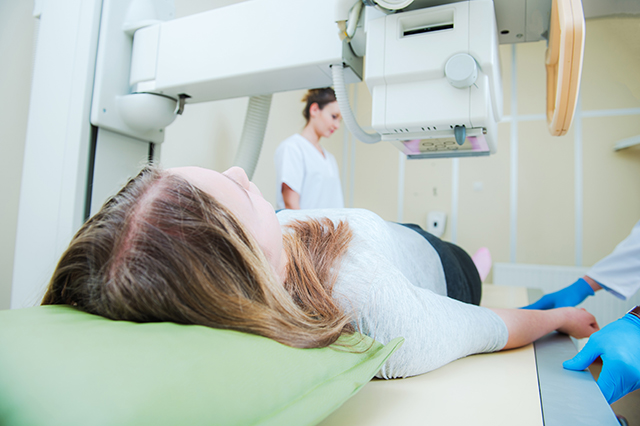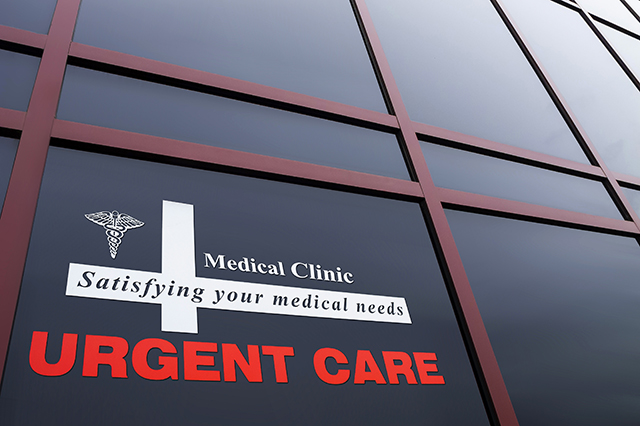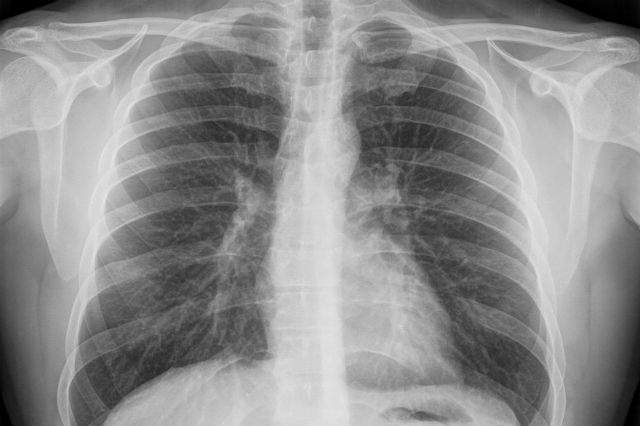Sliced your finger with a carving knife recently? Or maybe got stung by a bee? Most likely, your first thought is about heading to an emergency room.
That would probably be anyone’s first thought. The ER is ubiquitous in American health care and American culture as the place to go when you’re suddenly injured or sick. These medical facilities have long been a staple of TV, cable and the movies. But they may no longer be the best choice for quick, competent medical care.
Urgent care clinics have become a viable alternative for medical treatment, as they usually open in convenient locations. Hospitals, more often than not, are located in densely populated urban neighborhoods. Currently, there are nearly 7,400 urgent care clinics in the United States.
How do you choose whether to go to an urgent care clinic rather than an emergency room? It might be the case that you need immediate medical attention but not to the level available at an emergency room – a bee sting that swells your hand as opposed to one that’s making it difficult to breathe.
If you have life-threatening issues such as chest pain or difficulty breathing, you should head to a hospital emergency room immediately.
A sore wrist or scratchy throat are not good reasons to visit an emergency room. Emergency room staff have to prioritize patients, treating those with the most-serious medical conditions first and leaving people with minor injuries or symptoms to wait – often hours. Emergency rooms also are required by federal law to provide care to all patients, regardless of their ability to pay.
Hospital emergency departments provide medical care 24/7/365 – the rare instances when they close to patients are during extreme conditions such as mass-casualty incidents.
There are many medical conditions always considered emergencies because they require rapid or advanced treatments such as heart attacks or cranial surgery that may only be available at a hospital. However, emergency rooms are not intended as the place to get treatment simply because your doctor’s office is not open. That’s why emergency rooms can become clogged with people who could wait to be seen by their own doctor, or simply at home resting.

Symptoms best evaluated at an emergency room include:
- Persistent chest pain.
- Difficulty breathing.
- Any severe pain in the abdomen or halfway down the back.
- Sudden loss of balance or fainting.
- Sudden difficulty speaking or understanding speech.
- Sudden weakness or paralysis, especially on one side of the face.
- Rapid, fluttering or pounding heartbeat.
- Broken bones.
- Serious burns.
- Seizures.
- Sudden, severe headache.
Urgent care does not rise to the level of emergency care. Urgent care facilities can serve as a bridge to your primary care physician or an emergency room. About 3 percent of urgent care visitors were diverted to emergency rooms in 2016, according to the Urgent Care Association of America.
Like an emergency room, urgent care clinics do not require an appointment. But the average time it takes to see a medical professional is 30 minutes, and the average visit takes about an hour, according to the Urgent Care Association of America. These clinics can handle a variety of medical problems or diagnose symptoms. Among these are:
- Fever.
- Ear pain.
- Painful urination.
- Diarrhea.
- Sore throat.
- Vomiting.
- Minor injuries such as sprains or shallow cuts.
- Allergic reactions to insect stings or bites.
- Mild asthma.
Urgent care centers often have X-ray machines and medical labs onsite that can be used to determine the extent of an injury or diagnose a medical condition.
Whether you go to an emergency room or an urgent care clinic, it’s important to bring a list of any medications you take, including vitamins and supplements. Also, make sure to know any allergies you may have. Letting a doctor know you’re allergic to steroids can save you the discomfort that comes with a reaction – and not get in the way of treating the condition for which you are seeking help. You should also let the medical staff know about any previous medical procedures or surgeries.
When choosing whether to go to an emergency room or an urgent care clinic, ask yourself: Is this medical issue scary enough to take the time and pay the cost of visiting an emergency room?
The treatment bill may be lower at an urgent care clinic that is part of your health plan’s network than it may be at an emergency room. Urgent care bills usually cost less than $200, versus emergency room bills that can top $1,200.
In some instances, insurers will deny coverage to patients who visit the ER for a minor ailment when an urgent care clinic or walk-in clinic is a viable option.
What other questions do you have about urgent care clinics versus emergency rooms? Let us know in the comments below.
One Thought on “Urgent Care Clinic or Emergency Room?”
Leave A Comment
Comments are subject to moderation and may or may not be published at the editor’s discretion. Only comments that are relevant to the article and add value to the Your AAA community will be considered. Comments may be edited for clarity and length.




















I like how you stated that urgent care centers are good for treating minor injuries like sprains. My husband was playing basketball with his friends this morning and twisted his ankle, and he thinks it is sprained. I’ll have to find a reputable urgent care center to take my husband to so they can treat his ankle.